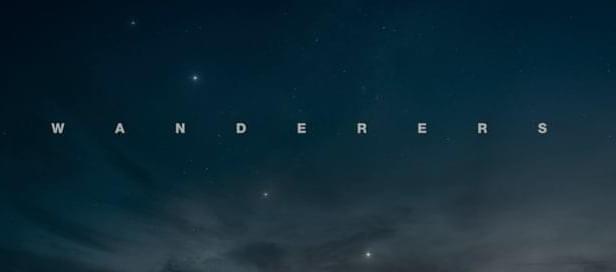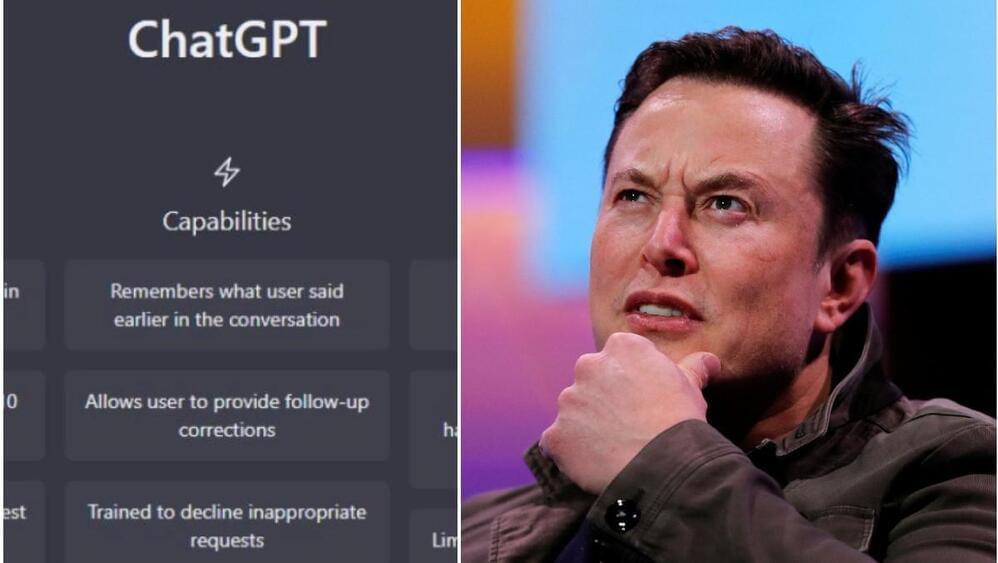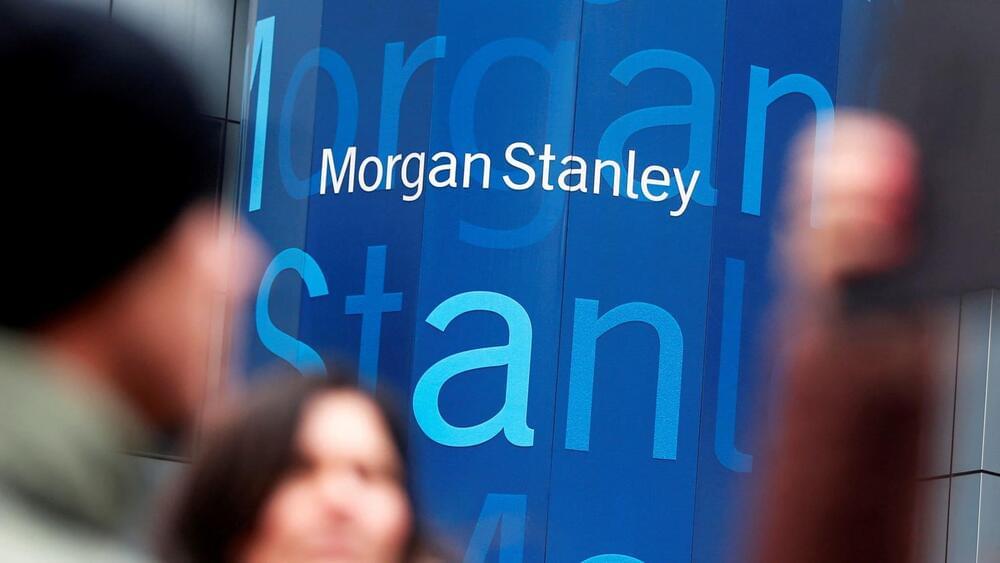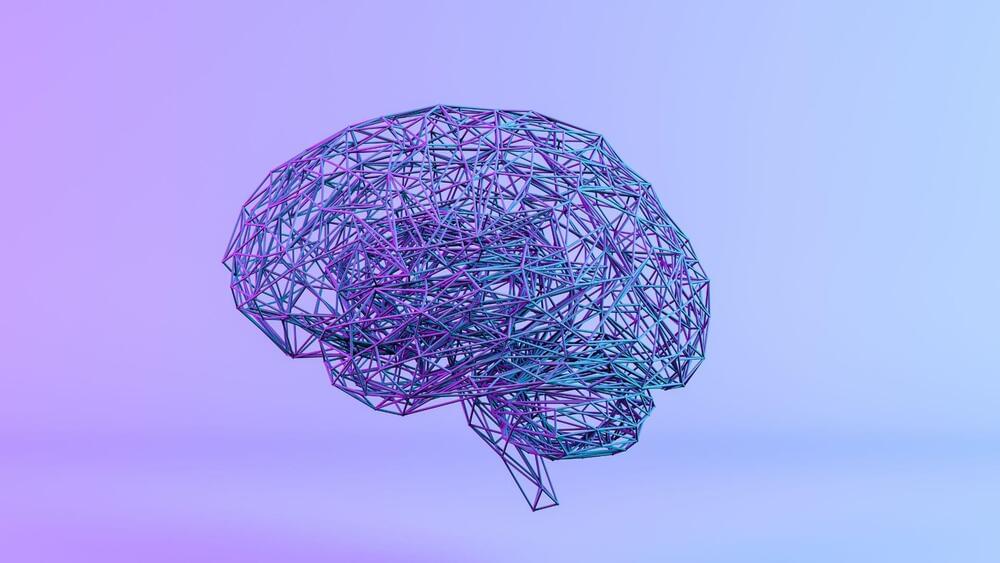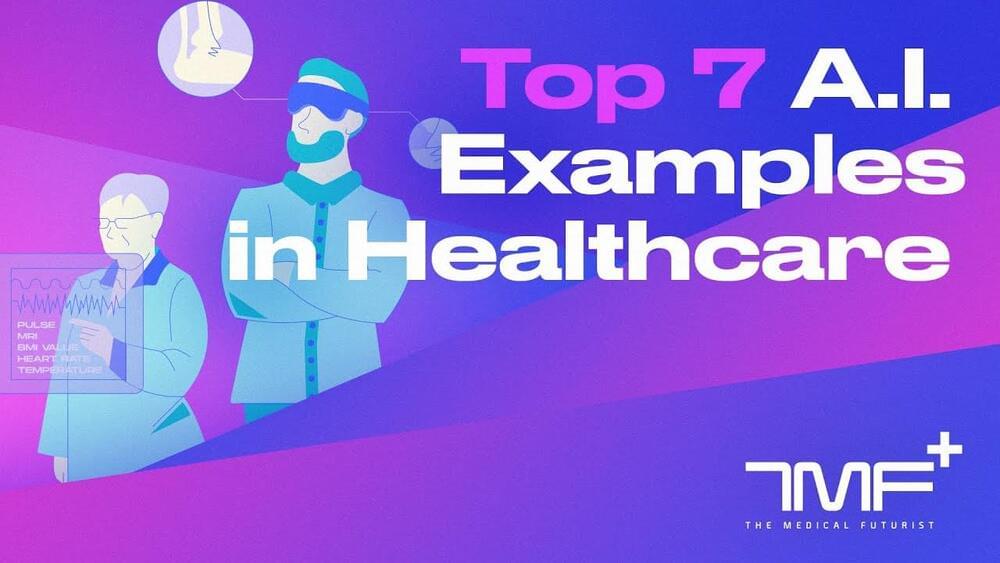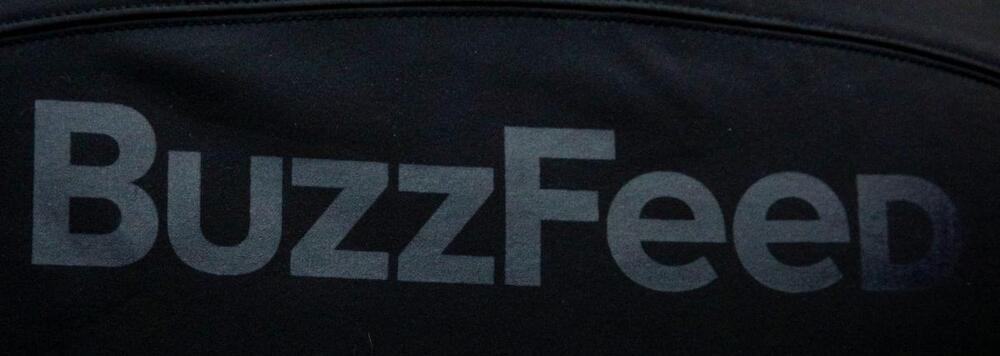These days, we don’t have to wait long until the next breakthrough in artificial intelligence impresses everyone with capabilities that previously belonged only in science fiction.
In 2022, AI art generation tools such as Open AI’s DALL-E 2, Google’s Imagen, and Stable Diffusion took the internet by storm, with users generating high-quality images from text descriptions.
Unlike previous developments, these text-to-image tools quickly found their way from research labs to mainstream culture, leading to viral phenomena such as the “Magic Avatar” feature in the Lensa AI app, which creates stylized images of its users.
